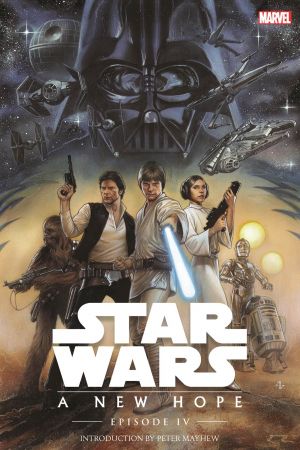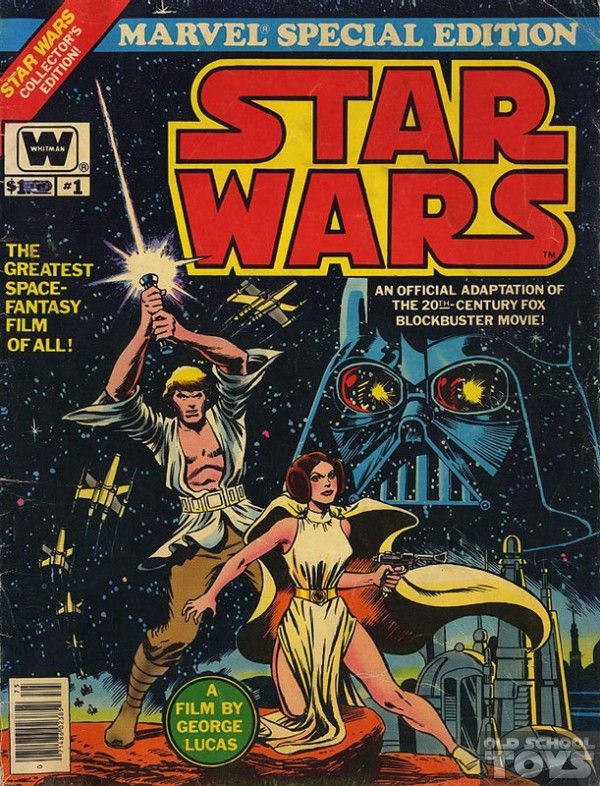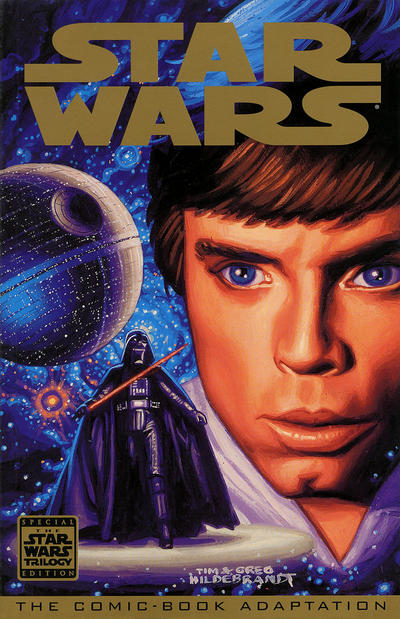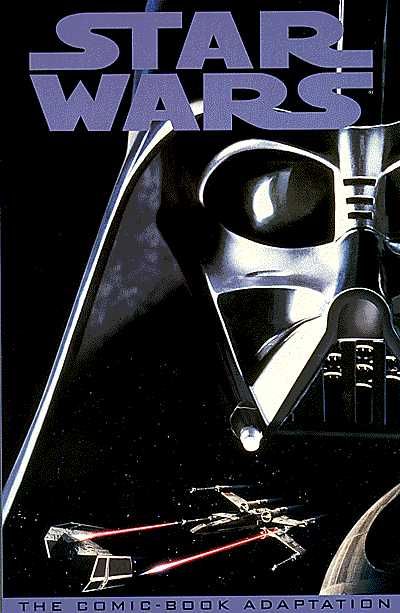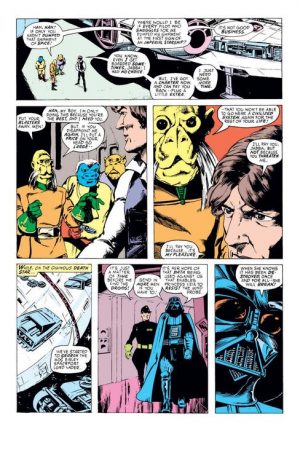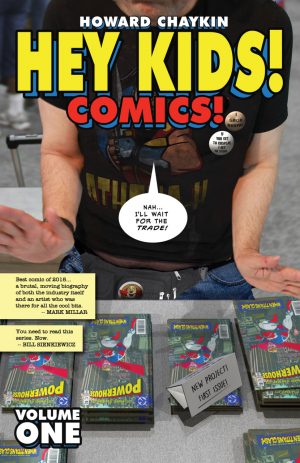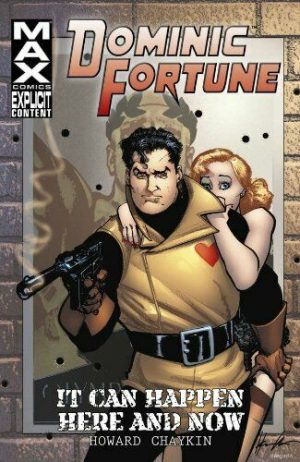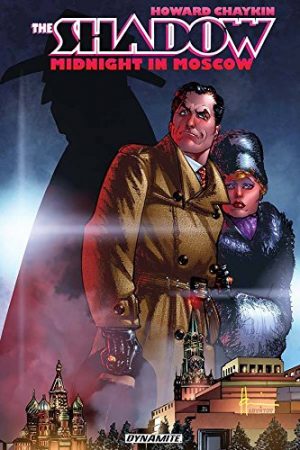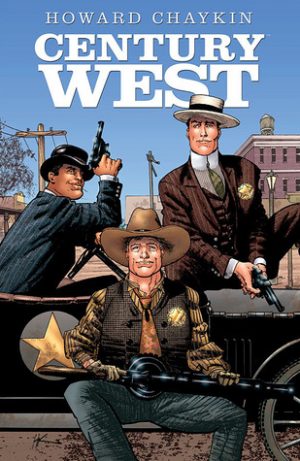Review by Frank Plowright
In 1976 Marvel’s editor in chief Roy Thomas really had to fight his corner in persuading Marvel to produce a six issue adaptation of an SF film then in production, starring a largely new and unknown cast. The business end eventually agreed, Star Wars became a blockbuster film, the initial comics went through several printings in the days before graphic novels, and they launched a series that ran for almost ten years. In the graphic novel era there have been several collections from both Dark Horse and Marvel. In short, a phenomenal success by any standards, and possibly Marvel’s greatest-ever short-term moneyspinner.
In order for the comics to be on sale when the film was released, Thomas never saw it beforehand, instead working from a shooting script, which is why this version has several departure points from the film. The most glaring is the appearance of a bipedal “Jabba the Hut” as seen on the sample art, but fans can enjoy picking out others. Just as with the films, it was long after the original release that the subtitle A New Hope began appearing on the comic versions.
The salient point, though, is none of that matters. Thomas was adapting a classic space-opera adventure, knew what to highlight, and in Howard Chaykin was paired with an artist who also made all the right moments shine. Comparisons with other work produced in the mid to late 1970s reveal this isn’t prime Chaykin art, but it’s possibly his most iconic due to what Star Wars became. The panels are crowded, and Chaykin’s colouring over the first chapter is hardly polished, but the cast likenesses are first rate, and there’s a lot of detail to the robots, spacecraft and costumes. Chaykin didn’t have shooting stills, so his interpretation of key scenes differs from the viewpoints of the film, and that’s also interesting. The art varies throughout, best over the second and third chapters when Steve Leialoha becomes inker, occasional background artist and colourist. He handles more of the art over the fourth and fifth chapters, often seemingly working over Chaykin’s layouts, but that’s an uncomfortable mix.
Interestingly, Chaykin minimises the space action sequences all the way through, and this is especially noticeable in a final chapter consisting almost entirely of the attack on the Death Star. Instead of wide open shots showing the view from Luke’s cockpit and highlighting the sheer scale of the target, Chaykin goes for close-up views of people and tie-fighters. Despite that, it’s still a thrilling sequence maximising the tension.
Thomas has a lot to pack in, and because that’s the case there’s no space for introspection or self-doubt, and his adaptation moves with the pace of the film itself. It’s rapid, it’s enthralling and it still reads very well.
Obviously the film continuation is The Empire Strikes Back, also adapted over six chapters by Marvel, but before then Marvel produced a couple of years worth of original material. These stories can be found along with the two adaptations in the two volumes of the Star Wars Omnibus: A Long Time Ago, and first Epic Collection: The Original Marvel Years. There have been numerous editions of Thomas and Chaykin’s adaptation over the years, in numerous formats, beginning with 1978’s oversized treasury edition all the way down to the almost pocket-sized Classic Star Wars volumes. The colouring has been upgraded over the years, with the best of it on the 2015 remastered edition.
